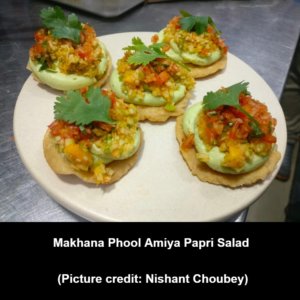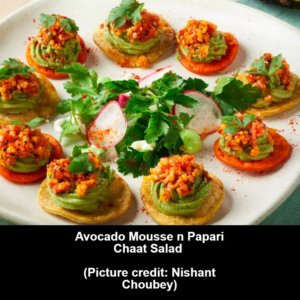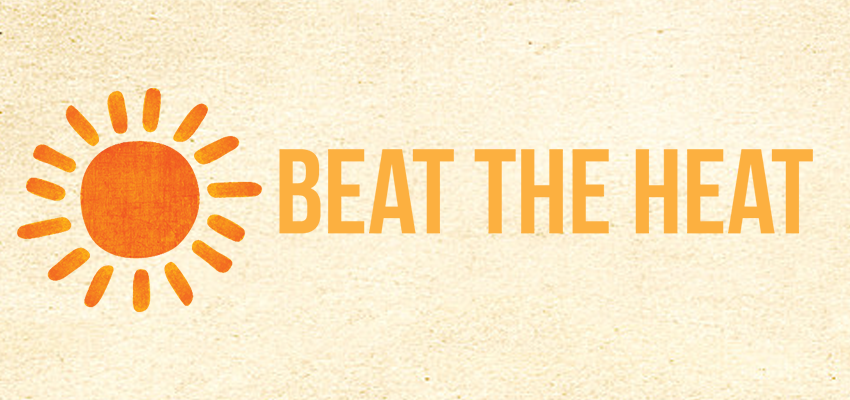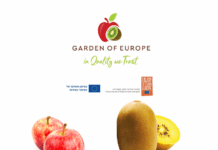NEW DELHI: Climate change has upset the cycle of seasons. Summer now arrives much earlier than it used to, hitting us harder than it used to. Suddenly we are drained of energy, appetite is sluggish and the throat parched. The Flames of Forest and Laburnum are yet to bloom that used to signal that the sun would soon be scorching, giving us little time to prepare to cope with soaring temperatures.
Ayurveda divides the year into two parts labelled ‘grahan’ and ‘aadan’ loosely translated as receiving and gifting. Summers are grahan kaal when nature claims its due causing the jathargni (digestive fire) to weaken. To beat the heat we must stoke the dying embers by adjusting our diet. The body must be nourished and hydrated properly.
 Small appetizing meals and beverages that reinvigorate the body can help us keep our cool. This is the time to whip up salads and chaats, airy mousses and refreshing cold drinks, shikanji and seasonal fruit-based sherbet. Playing around with colours soothing to the eye–green, pink and light yellow– enlivens these preparations.
Small appetizing meals and beverages that reinvigorate the body can help us keep our cool. This is the time to whip up salads and chaats, airy mousses and refreshing cold drinks, shikanji and seasonal fruit-based sherbet. Playing around with colours soothing to the eye–green, pink and light yellow– enlivens these preparations.
In the western world, salads can substitute for a meal and in recent years some chefs and restaurants have tried to popularize this trend in urban India. Salad Bars have proliferated and ‘chaat counters’ at buffets and banquets remind us to keep away from unhealthy temptations. Access to exotic produce from foreign lands has contributed to the ‘push and pull’ of light meals.
Avocado, a native of Mexican highlands, pear only in name a berry with large pit has suddenly become popular as some kind of superfood. It has even acquired an Indian name–Makhhan Phal. Rich in monounsaturated fats, minerals and fibre it is being promoted as an ideal ingredient for dips, salads and smoothies.
Avocados are expensive and continue to be an acquired taste but the good thing is that a small quantity goes a long way. (What is intriguing is that while the Portuguese brought a hamper full of fruits, vegetables, corn and chillies with them to India, Avocado somehow got left behind.) There is no cause for despair if Avocados aren’t in sight lotus puffs (phool makhana) can be substituted in mousses and dips. In salads, raw papaya and tender bottle gourd or small melon taste as good.
Late Hakim Safdar Nawab of Lucknow used to prescribe sherbet e gul gurhal to fortify the body against the onslaught of the heatwave. He pointed out that the gurhal (hibiscus flower) like the rose has thandi taseer – inherent property to cool the body. In texts of Yunani tib (literally Greek but in fact Indo-Arab traditional system of medicine), there are references to chutney rahat jaan. The recipe for this sweet n sour tangy chutney reads like Oral Rehydration Therapy. Sugar, salt and lemon juice combined in a ‘lick’ that can act as an aperitif as well as digestive. This is what shikanji (originally sherbet e shikanjavin ) aka Indian lemonade sought to do.
The concept of taseer is closely related to the theory and practice of guna-dosha in Ayurveda. Ingredients of food are believed to have inherent properties to heat and cool our bodies. Seasons tend to aggravate these. We are advised therefore to include/exclude these from our daily diet. Interestingly, these properties could be changed with appropriate treatment/processing.
For instance, black peppercorns in pulav, qorma accentuate the heat whereas in thandai they are indisputably coolants. Traditional time tested wisdom had filtered down to grassroots and menus at home changed accordingly. Things changed with the advent of modernity, industrialization and urbanization. Convenience and costs overshadowed all else. Aspirational foods provided a dangerous distraction.
Tea and coffee arrived in India with the British. Historians tell us that the tea is of Chinese origin and coffee is a child of Ethiopia. It was not long before both struck strong roots here and became popular beverages usually served piping hot. Both the leaves and the seeds can be easily transformed into cold drinks in tall glasses to provide much-needed relief in summers.
 What is trending at the moment is innovation and improvisation with tea and coffee. They are being presented as mousses, malai, mixed and matched with dehydrated/compressed fruits. Blue tea is paired with hibiscus shikanji and coconut milk cream are playing unusual chilling duets. Quinoa has revived interest in local millets and some popular chaat items are getting the salad makeover. Chickpeas are the staple of lip-smacking spicy chhole and Pindi chana. They are no less attractive in the hummus avtar. If all this helps revive popular interest in seasonally and regionally appropriate eating it should be welcomed.
What is trending at the moment is innovation and improvisation with tea and coffee. They are being presented as mousses, malai, mixed and matched with dehydrated/compressed fruits. Blue tea is paired with hibiscus shikanji and coconut milk cream are playing unusual chilling duets. Quinoa has revived interest in local millets and some popular chaat items are getting the salad makeover. Chickpeas are the staple of lip-smacking spicy chhole and Pindi chana. They are no less attractive in the hummus avtar. If all this helps revive popular interest in seasonally and regionally appropriate eating it should be welcomed.
A word of caution isn’t out of place. Mass-produced, over-processed, pre-packaged summer delights loaded with preservatives, colours and ‘nature identical added flavours’ claiming to be prepared with power-packed ingredients can’t treat the heat stroke!
Disclaimer: The views expressed in the above article are that of the writer and do not reflect that of ANI. (ANI)







